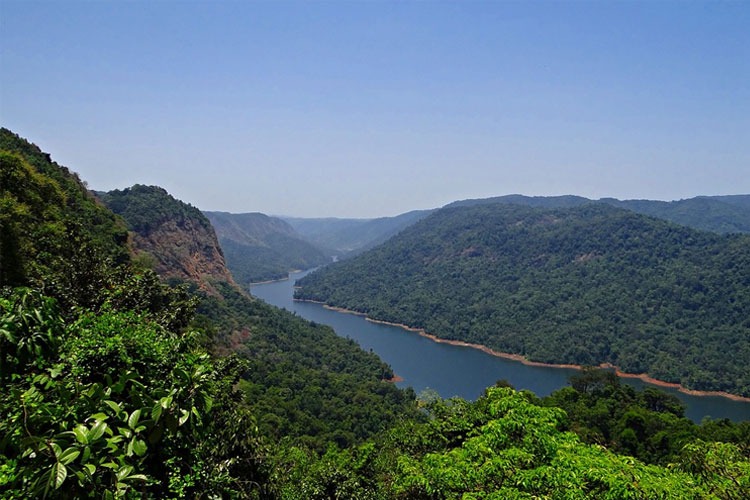

Citizen and environment groups in Karnataka's Shivamogga district are planning a resistance against the state government's proposed plan to take water from Sharavathi river to Bengaluru.
The Karnataka government is set to prepare a detailed project report (DPR) on drawing water from the Linganamakki reservoir in Shivamogga, which is built on the Sharavathi river. But the reservoir, which acts as a source of water for the Sharavathi hydel project, is currently facing a shortage of water since the water available is just 9% of the total capacity and will be able to generate power for only one more month at the current rate.
In addition, environmentalists have pointed out concerns that the project will lead to wide-scale deforestation and add to the district's water problems.
The BJP has also thrown its weight behind the protests with the party's state president BS Yeddyurappa terming the project unscientific. The party's MLA in Sagar – Hartal Halappa – has also written to Karnataka Chief Minister HD Kumaraswamy asking him to scrap the project.
Diminishing power generation
The Linganamakki reservoir built on the Sharavathi River is the source of water for the Sharavathi Hydel project. The project, which has ten units generating power, can generate up to 1035 MW of power every day. According to engineers at the Linganamakki reservoir, the hydel project has the capacity to generate up to 24 million units per day.
"However, we generate 14 million units or even lesser depending on what is asked. This is decided by taking into account the generation of electricity via thermal, wind and solar as well," explains Hanumanthappa, an engineer at the Linganamakki reservoir.
At the current rate of generation, the hydel project can continue to generate power for the next month. "Even then, if the catchment areas are dry and the rainfall reduces, we could be stopping power generation even sooner,” adds Hanumanthappa.
Activists further point out that the plan to transport water from the reservoir to Bengaluru, which is around 400 km eastwards, will require a high amount of power. "To take 30 tmcft water from Sharavathi river to Bengaluru, civil engineers in Shivamogga calculated that it would require around 1500 MW of power, which is close to capacity of the hydel project...There is a shortage of power generation in the state," says Shankar Sharma, a retired engineer and an activist opposing the project.
Linganamakki Dam | Photograph via: USAID, Historical Archive
Environmental concerns
In addition to the concerns of power generation, environmentalists point out that rainfall in the catchment areas of the Sharavathi river is declining due to deforestation and that the project proposed will only add to the district's problems.
According to reports by the Karnataka State Natural Disaster Monitoring Centre (KSNDMC), Shivamogga district received 56% deficient rainfall so far in June.
"This summer, 133 villages in Sagar taluk were provided water by tankers. The rains have not yet begun here and this has delayed sowing season. When there is a drought-like situation here, there is no need to construct pipelines and transport water from here to Bengaluru, particularly when we have seen this fail with the Yettinahole project," says Akhilesh Chipli, a Sagar-based environmentalist.
Activists also say that project to transport water will also affect fishermen in 80 villages depending on the Sharavathi river for their sustenance. They argue that instead of starting expensive and time-consuming projects to divert water from the Western Ghats region to Bengaluru, the state government must assess the alternative sustainability measures available to them to conserve water.
"If rainwater harvesting is implemented and lakes are rejuvenated in Bengaluru, the city can conserve water without the need for projects like this," says Akhilesh.
Lessons from Yettinahole
This is not the first time the Karnataka government has decided to divert the flow of a west-flowing river eastwards. The Netravati river diversion project proposed by the state government was met with similar resistance from environmentalists and activists before the project was renamed the Yettinahole river diversion project.
Yettinahole is a tributary of the Netravathi river and the project to transport water from the river thousands of kilometres eastwards to areas around Bengaluru received an approval from the National Green Tribunal in May despite a lack of an environmental clearance since it is a drinking water project.
Residents and environmentalists opposed to the project have organised themselves under the banner 'Sharavathi Ulisi' and have held public meetings in Shivamogga, Sagar and Hosanagara. "We do not want the situation playing out with the Yettinahole river diversion to happen all over again with the Sharavathi river," warns Akhilesh.